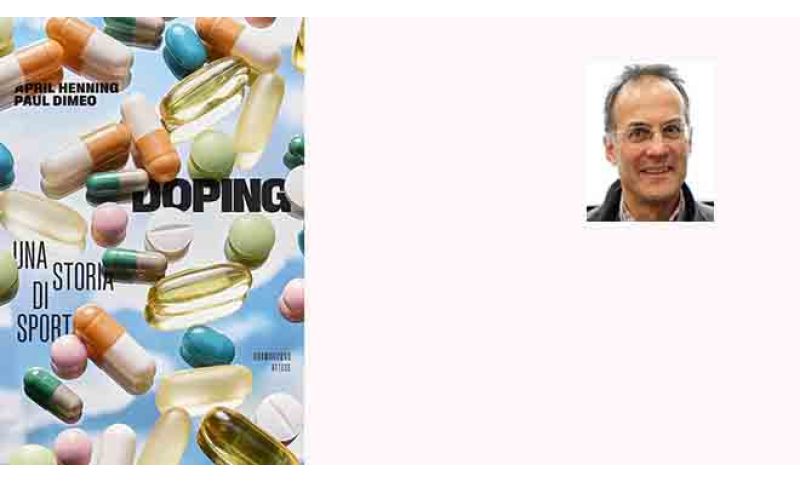

Regularly, in its irregular nature, we return to talking about doping. Hematic and genetic. Mechanical and administrative. Individual and team, if not even state-level. Scientific and technological. Studied and unconscious. Microdoses and maxi-bribes. The new frontiers, always a step ahead of controls, those who fall from the clouds, those who always knew everything but after, those who argue that purity in sports has long ceased to exist, those who add that it never existed, those who denounce different weights and measures, those who accuse of cover-ups and complicity, those who suspect and explain, even those who surrender - doping will always be a step ahead of doping.
April Henning and Paul Dimeo are the authors of "Doping - a story of sport" (66thand2nd, 228 pages, 18 euros), the most recent text on the subject. Professors in Scotland, Henning at the Edinburgh Business School and Dimeo at the University of Sterling, begin their analysis from the origins of modern sport (but doping, the use of unnatural concoctions elevated to supernatural, existed even in antiquity), with a first ban on drug use already at the 1908 Olympics, useless since anti-doping controls would only be applied after the death of Tom Simpson, Mont Ventoux, Tour de France 1967.
The strychnine offered to marathon runners at the 1904 and 1908 Games, amphetamines to footballers and cyclists in the 1950s, steroids generalized in the 1960s and 1970s, erythropoietin in the 1990s and 2000s up to the Lance Armstrong scandal, there is no discipline, specialty, or area free from doping. Despite risks, dangers, tests, and convictions. Pollution not only at the competitive level, but also at the amateur level.
Henning and Dimeo are extremely well-documented. The most famous cases, from Ben Johnson to the Festina affair through Diego Maradona's cocaine and the escapes of Costas Kenteris and Katerina Thanou, an endless series of transgressions and lies, punishments and pardons, hospitalizations and arrests - events that can sometimes seem suspicious or ridiculous, if not even orchestrated or revealed only as a one-time proof of the ineffectiveness or impotence of a system. So much so that suspicions - in muscles, performances, gossip - remain. And the documentation, from a British perspective, expands on the generally Italian one.
What to do? "The future of anti-doping - write the authors - can be different, more democratic, human and respectful, but only if athletes are involved and listened to". Henning and Dimeo argue that there is no adequate preparation, education, knowledge on the part of the athletes themselves, just as there is the superficiality of doctors and masseurs, just as there are gaps and discrepancies within anti-doping agencies, just as there are cover-ups and complicity of federations. There is perhaps too much indulgence towards athletes, here considered almost always victims and not perpetrators. Like in the case of a lip balm for Norwegian cross-country skier Therese Johaug or a baldness product for American skeleton specialist Zach Lund. And there is perhaps also too much caution towards quantity: "We seek simple presence rather than exceeding a threshold level". As in the case of Alberto Contador's clenbuterol.
The picture is bleak. The doping issue is economic and moral. If the most important value is the contract signed and not the word given, no anti-doping measure will hold. And if there are no ethical, cultural, family values, doping will always have a free pass.
